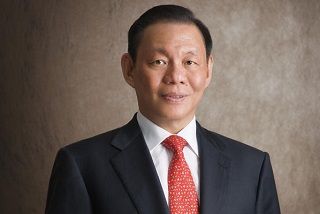From a Guest Blogger: Sustainable Forestry Is a Top Priority

What Is Sustainable Forestry?
Sustainable forest management takes into consideration broad social, environmental and economic goals in connection with harvesting lumber. It involves foresters, landowners and loggers to manage forests for present and future needs. A wide variety of factors are addressed such as:
- The attitude and needs of landowners
- The workforce potential
- The market and regulatory forces
- The local and regional feedback
- The governmental incentives
A landowner who wants to practice sustainable forestry will ask the advice of a forest professional. The professional will review the landowner’s objectives and goals for their forests and conduct an inventory of the property. They will create a management plan and help the landowner implement the plan to achieve the sustainable goals.
Sustainable forests are managed so that trees that are felled are replaced with seedlings that will grow into mature trees. This is very carefully managed system that takes great care for the safety of wildlife and to preserve the natural environment. A forest is a working environment that produces wood products for manufacturing paper, furniture and for the construction industry. Smart businessmen agree that it is only commonsense to manage forests in a sustainable way.
What is Non-Sustainable Forestry?
Non-sustainable forestry is a short-term financial gain for the landowner that harvests the most valuable trees and sells them, while leaving the undesirable species and poorly formed trees to grow. No consideration is given to maintaining the sustainability of the site or given to wildlife or wetland issues. This type of harvesting greatly limits the options for future generations.
International Consensus
Today, the international community has agreed on the key elements that constitute sustainable forest management. The seven basic areas are:
- The extent of the forest resources
- The biological diversity
- The vitality and health of the forest
- The forest resources and productive functions
- The socio-economic functions involved
- The governmental and institutional framework
These seven basic themes were recognized by the international forest community and the United Nations Forum on Forests.
The Life Cycle of a Sustainable Forest
Seedlings are grown in greenhouses until they are strong and established. This usually takes about five years. They are then transplanted directly in the forest. They are allowed to grow naturally, and every 10 years they are thinned out to allow some trees to grow bigger. At 25 years, most of the trees are ready to be felled. They are monitored carefully and felled between 25 and 30 years. The wood is sent to a mill and processed for paper, furniture and lumber. The life cycle begins again, but it has always been functioning, so there is a continuous supply of wood from thousands of forests while the natural habitat is left intact.
Most furniture and lumber is labeled sustainably sourced. When the consumer purchases wood and wood products, they can make it a point to only buy form sustainable sources. This is one way they can ensure the beauty and resources of forestland are maintained for generations.
